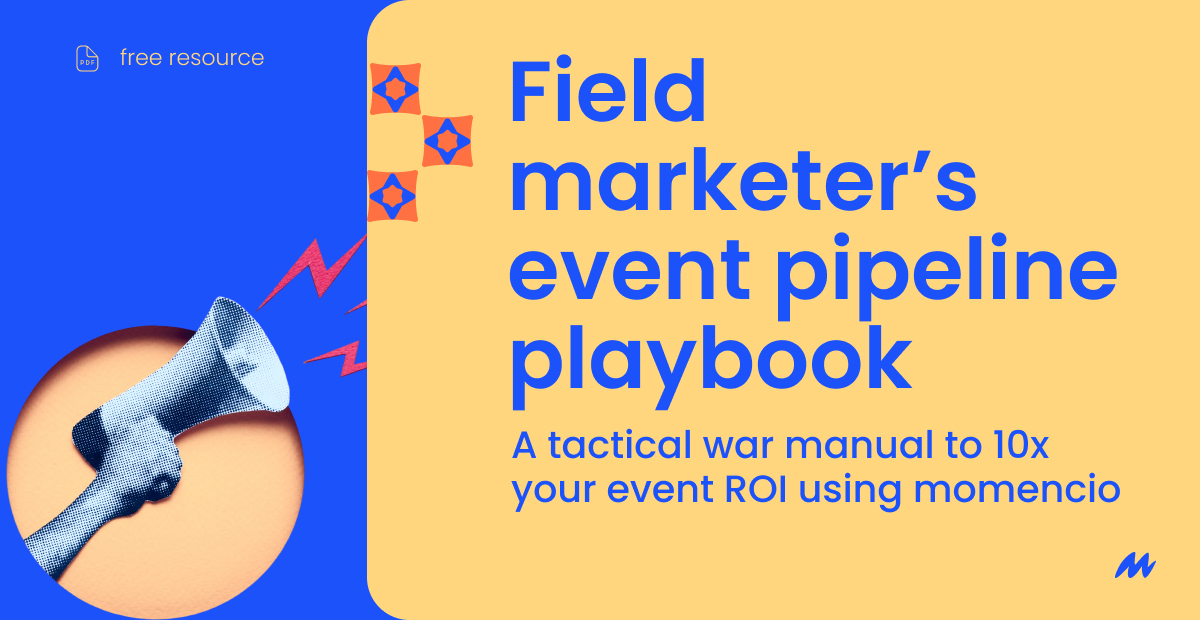Objective: Make sure nothing falls through the cracks. Review what worked, fix what didn’t, and tighten the system for next time.
Debrief with sales (what you ask, what you share)
| When to do it |
|
| What you bring: |
|
| What you ask: |
|
Don’t make it formal. Just 15–20 minutes max. You’re looking for patterns, not a lead-by-lead review.
Keep a scratchpad of anything you hear more than once. That’s your fix list.
Review the landing page metrics
Now that the event is over and the leads have had a few days, go into momencio and look at what people actually did with their microsites.
Look for:
- Top 5 most-viewed content pieces
- Assets with high click-through but low time spent (not compelling enough)
- Videos watched all the way through
- Pages with high bounce (maybe the title promised more than the content delivered)
- Leads that returned to their landing pages more than once
This is the most honest feedback you’ll get. People don’t lie with clicks.
What to do with this:
- Remove content that didn’t perform. It’s just taking up space
- Highlight what worked. This becomes your go-to pack next time
- Log content requests. If multiple people asked for something you didn’t have, make it before the next event
Landing page performance is more than “open rates.” It shows you what your lead is really interested in and how much. It offers behavioral insights like none other. That’s gold.
Closing the loop
You don’t need to spend days post-event building decks, summaries, or reports that no one reads. What actually matters is:
- Sales gets the right leads, with the right context.
- You know what content worked, and what didn’t.
- You’re not guessing what to fix before the next event.
This isn’t just clean-up. This is how you protect the time, money, and energy that went into showing up in the first place.
If you’ve done the follow-up, sent the handoff, and reviewed the landing page data, the loop is closed.
Now you’re not just doing events. You’re building a repeatable system that grows pipeline every time.

